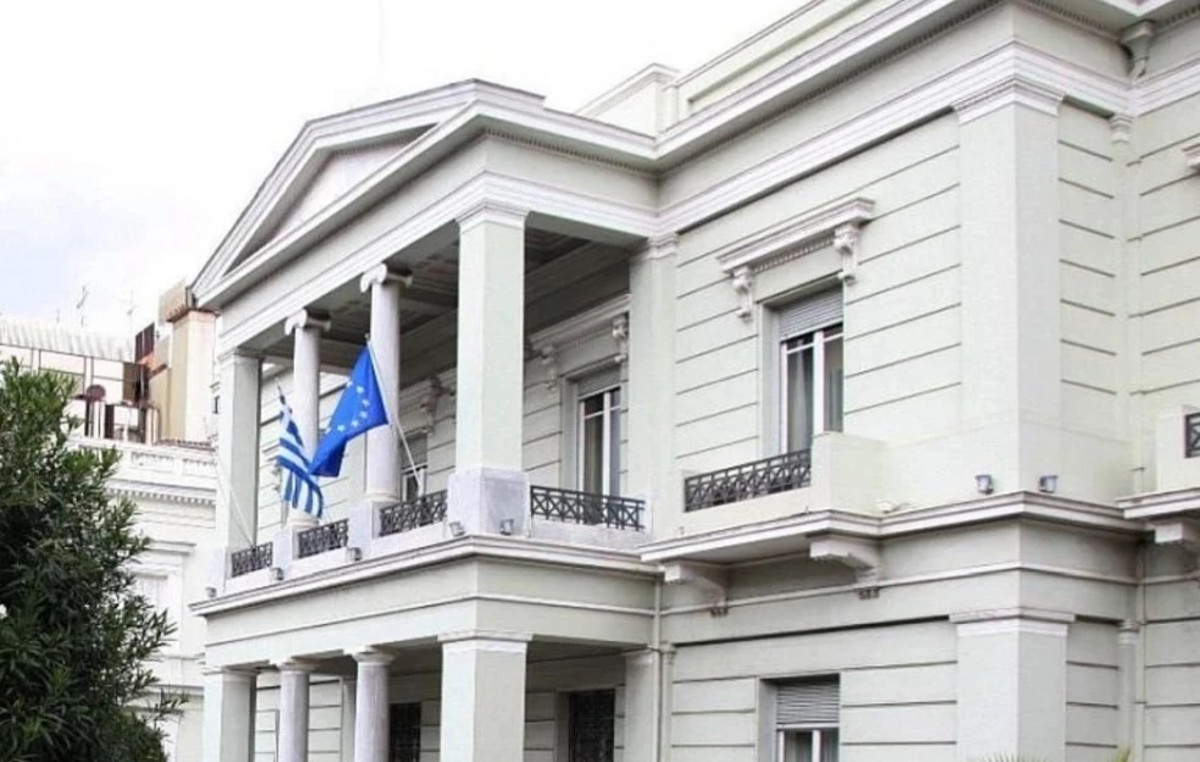The Quota Law in Brazilian federal universities completes ten years this Monday (29), with changes in the composition of those who attend these spaces.
Data compiled by the National Association of Directors of Federal Institutions of Higher Education (Andifes) based on the National Institute of Educational Studies and Research (Inep) show that the number of black and brown students jumped from 41% of the total enrollment in the federal network, in 2010, to 52%, in 2020. Also considering indigenous people in this account, the rates go from 42% to 53%.
Law 12,711 came into force in 2012 and requires federal universities to reserve 50% of their places for students who have completed their entire secondary education in public schools. Within the income categories, quotas are still intended for blacks, browns, indigenous people and people with disabilities.
For Joana Angélica Guimarães da Luz, dean of the Federal University of Southern Bahia (UFSB), the Quota Law managed to give more plurality to the academic environment.
“When the Quota Law began, the debate was whether these students would be able to perform well. I consider this to be outdated, not sustainable. Now, we need to have a discussion about the impact of these people when they arrive at the university, in the sense of generating knowledge. The university has an elitist history and could not see these people. These people, who they are, have brought about a change.”
With a decade in action, the law is due for revision in Congress. In the Chamber, there was an expectation that the matter would be discussed this August, at the return of the recess, but Joana Angélica believes that the debate will be left for after the elections.
“I imagine it won’t happen this year. It is a complicated moment, with the electoral process”, points out the dean of UFSB.
The professor also believes that a decade in force is a short period for evaluating a public policy on the intensity of quotas. “We had an increase in the number of students, but are these people managing to graduate, work and have changes in society, with entry into the job market? There are a lot of variables, he points out,” she added.
Andifes is an advocate of the continuity of the quota policy. As one of the five black presidents of federal universities in the country, Joana Angélica believes that there is a long way to go to recover the damage caused by the enslavement of blacks.
In Congress, there is division over the pursuit and form of the policy. Deputies like Hélio Lopes (PL-RJ) are only in favor of quotas for public school students. Maria do Rosário (PT-RS) defends the original model. The parliamentarian argues that it is the State’s duty to correct historical errors against certain groups, such as the black population.
This Monday, the ten years of the Quota Law will be celebrated in the Senate, in a special session convened by Paulo Paim (PT-RS).
“The Law contributed significantly to social strata exercising the right to higher education, changing the country’s social scenario,” said the senator.
THE CNN contacted the Ministry of Education to find out how it evaluates the effects of the law and what it thinks about its continuity or not and awaits a response.
Historic Serie
2010
- Total enrollment in federal universities: 656,167
- Total black, brown and indigenous students: 273,818 (42%)
2014
- Total enrollment in federal universities: 939,604
- Total black, brown and indigenous students: 452,942 (48%)
2018
- Total enrollment in federal universities: 1,200,300
- Total black, brown and indigenous students: 624,562 (52%)
2020
- Total enrollments in federal universities: 1,128,672
- Total black, brown and indigenous students: 597,486 (53%)
Source: Andifes
Source: CNN Brasil







